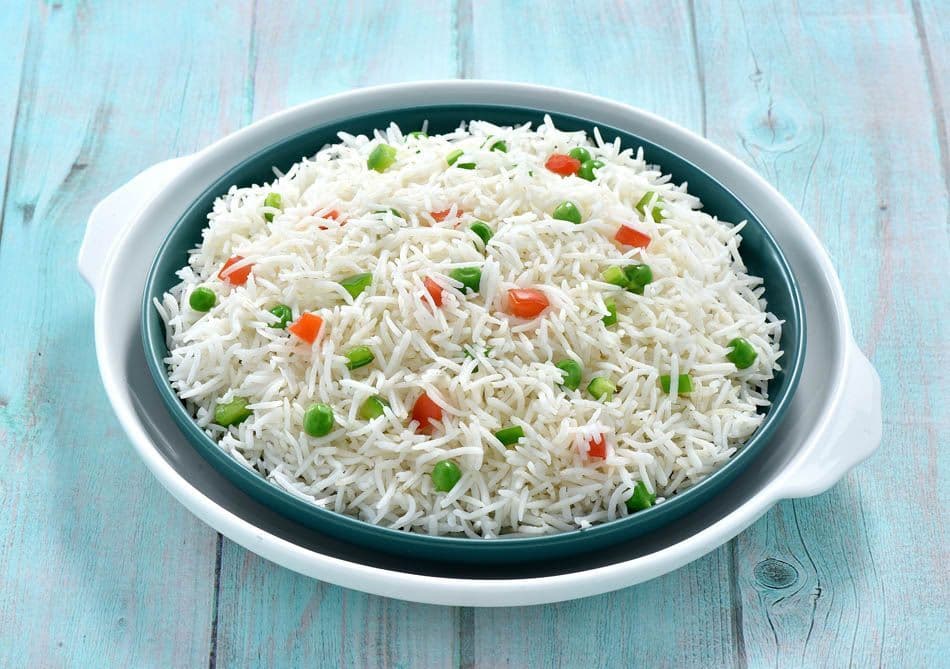
Can Diabetics Eat Basmati Rice?
Basmati rice is a type of long-grain rice that is rich in fiber and vitamins and minerals. It has a low-glycemic index, which means that it doesn’t spike your blood sugar levels. It also contains protein, which helps prevent heart disease and strengthens bowel function. However, it’s important to eat foods like basmati rice in moderation and pair them with healthy proteins and vegetables.
The glycemic index of foods is a key factor in diabetes management. Foods that have a high glycemic index raise your blood sugar levels quickly and can cause serious health problems, including high cholesterol, high blood pressure, and heart disease. A diet that is high in carbohydrates can also lead to weight gain and obesity, which are significant risk factors for diabetes.
Fortunately, diabetics can still enjoy food like basmati rice. The glycemic index of basmati rice is between low and moderate, which means it can be eaten in moderation as part of a diabetic-friendly diet. The key is to keep the portion size small – no more than half a cup of rice per meal and to pair it with other foods that have a lower glycemic index, such as lean protein and non-starchy vegetables.
The quality and processing of the basmati rice you choose can also impact its glycemic index. White basmati rice is often enriched, which adds iron and other nutrients to the grain. Brown basmati rice, on the other hand, is a whole grain and retains its bran and germ layers, which are rich in fiber, vitamins, and minerals.
Aside from being a good source of fiber, basmati rice is also a great source of vitamin B6 and magnesium, which are both essential for the body to function properly. It’s also a good source of folic acid, which is important for pregnant women and children. In addition, it’s often fortified with niacin and thiamin, which can help improve your overall health.
While most people with diabetes should avoid foods that are fried or fatty, the glycemic index of basmati is lower than many other types of cooked rice. It’s also a versatile food that can be enjoyed in a variety of ways. It’s easy to make, and can be served with a wide range of vegetables, meats, and seafood.
You should always wash your basmati rice before cooking it. This will help to remove any starch that may be left behind, which can cause it to spike your blood sugar levels. Ideally, you should soak the rice for about 10 to 15 minutes before adding water to cook it. You can use a fine-mesh sieve or a bowl with cold water to rinse the rice. This step is particularly important if you plan to make a pilaf, which involves adding other ingredients such as bay leaves, cardamom pods, curry leaves, star anise, turmeric, or cinnamon sticks to the rice.
You can microwave or steam your basmati rice to reheat it. Both methods will rehydrate the grains and restore their original texture. You can also try adding herbs and spices to the rice while it’s heating to add flavor.
Appreciate the creator